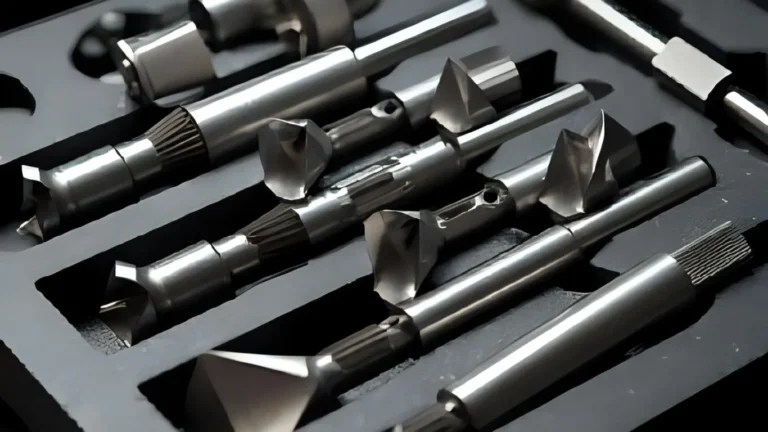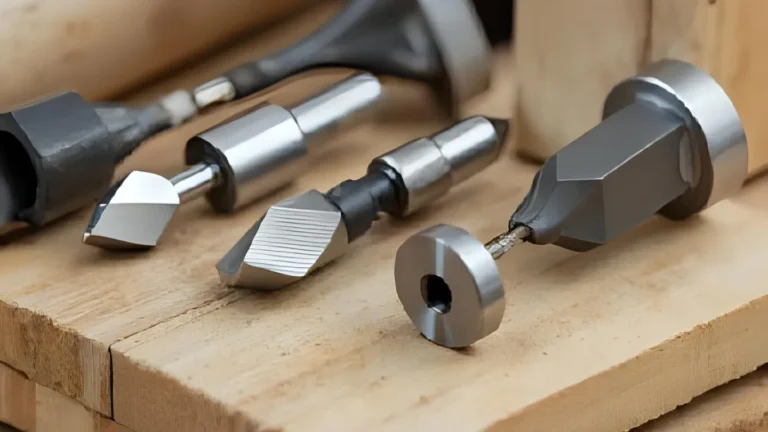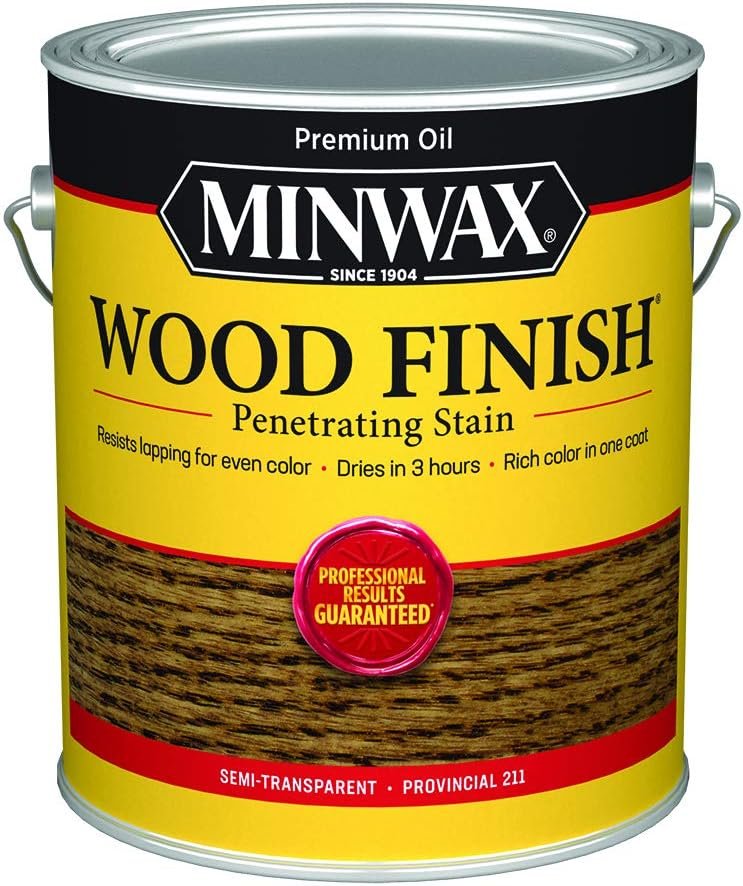
Power drills are the cornerstone of all projects, no matter if you’re an expert or just a casual DIYer. When it comes to making furniture or building decks, the correct drill can make your job simpler, speedier, quicker, and more exact. There are so many options that are available—corded, cordless, hammer drills, and impact drivers—how do you pick the right power drill to meet your requirements?
This article will guide you through the essentials you’ll need to learn about. The guide will cover the types of power drills, what to look for, and how to use them safely and efficiently. You can find the best cordless power drill or a complete set of power drills right here.
Top Pics
# | Product | Title | Rating | |
1 | 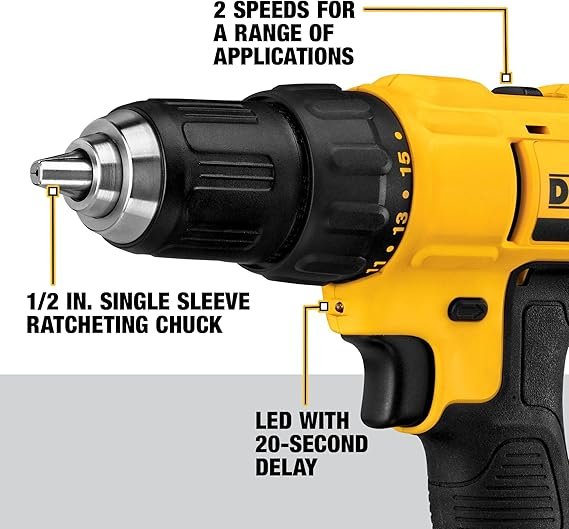 | |||
2 | 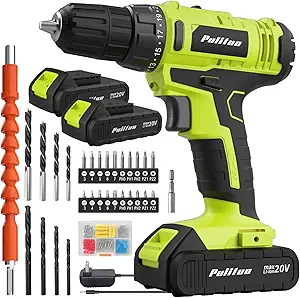 | |||
3 | 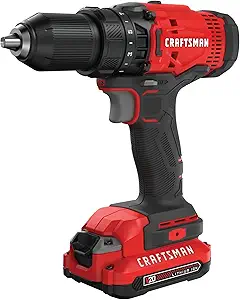 | |||
4 | 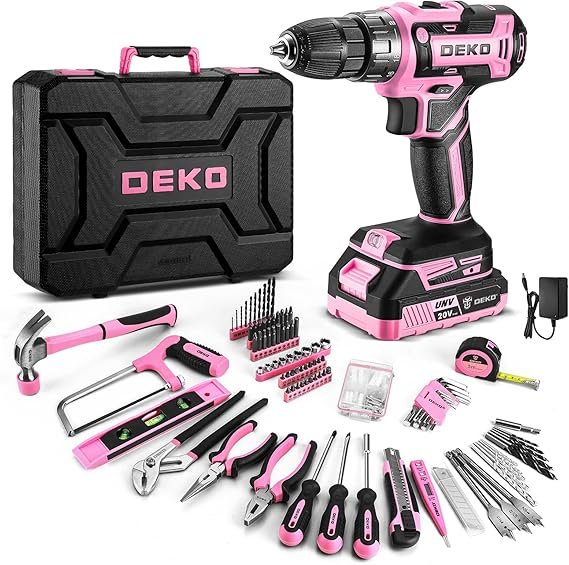 | |||
5 | 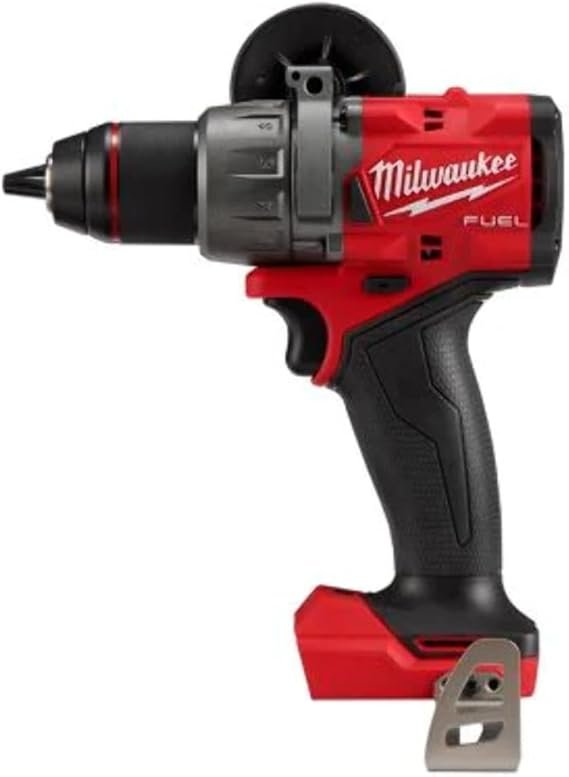 |
Understanding the Types of Power Drills
The initial stage in choosing the right tool is to understand its principal types. Although there are several types of drills, they all can be classified into one or two fundamental types that are designed to perform a specific task.
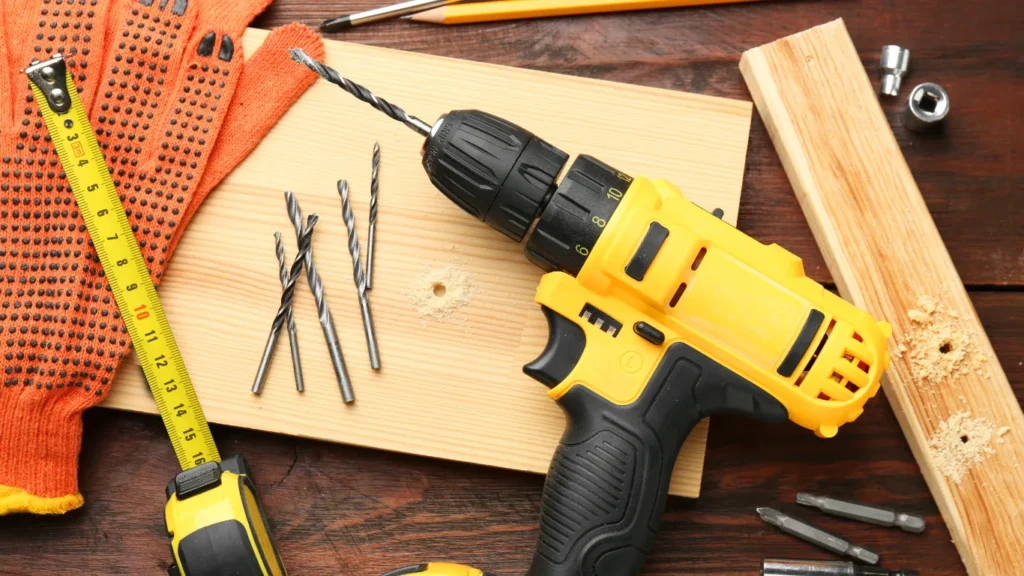
Cordless Power Drills
The most well-known tool for home use and various work-related tasks is the cordless power drill. Cordless power drills provide the most portability and efficiency. The batteries are rechargeable and can be charged (typically lithium-ion); they allow you to work from anywhere, with no need for outlets.
If you are trying to find the most efficient cordless drill, be sure to consider the voltage that typically can range from 12V to 20V and higher. The 12V models are light and ideal for small jobs in the home. A power drill with 20V provides greater power and torque and is suitable for tasks that require more effort, such as drilling into wood or with large drills. Various brands, including DeWalt, Milwaukee, and Ryobi, have extensive cordless options.
Corded Power Drills
The corded drill can be connected directly to an outlet in the wall, delivering steady and reliable power, and there is no need to fret about the battery’s longevity. They are typically heavier and more efficient than cordless models since they do not have a large battery pack.
If you’re working in just one area, for example, an office, and require continuous high power to drill through thick materials such as metal or masonry, then a motorized drill that is corded is a fantastic alternative. Additionally, they are generally cheaper than similar cordless versions.
Impact Drivers in Comparison to Power Drills
There are many instances of impact drivers on sale alongside power drills. Occasionally, they’re even as a kit. What is the distinction between a power drill and an impact driver? A typical drill exerts continuously rotating force. A driver for impact is different. It uses that same rotation to create brief, intense bursts of the impact.
Impact drivers are incredibly effective for driving large screws or big fasteners easily and reducing strain on the wrist. They aren’t suitable for precise drilling because the force of impact can cause too much damage. If you want to drill holes that are clean, the power drill is the ideal choice.
Hammer Drills
When drilling through tough material like concrete, bricks, or even stone Hammer drills are crucial. The hammer drill adds a rapid forward-hammering action to its movement, which effectively slashes away the bricks as it rotates. A majority of cordless drills and corded ones include a hammer setting, which allows you to use a wide range of tools within a single tool.
How to Choose the Best Power Drill for You
After you have identified the different types, how do you choose which one to go with? Think about these things when shopping at places like Home Depot or Lowe’s, or when searching for the best discount on power drills on the web.
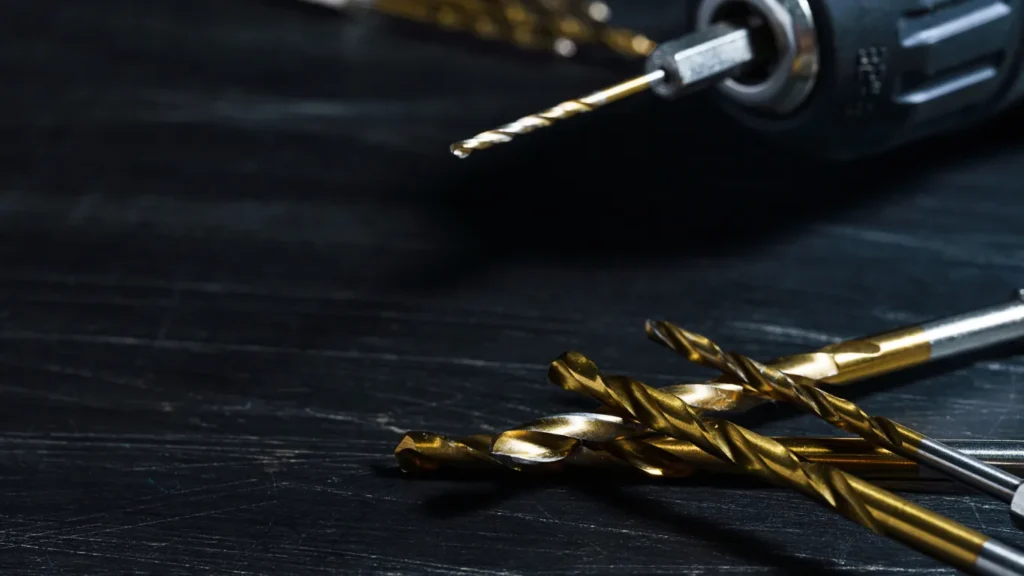
Key Features to Look For:
- Chuck Size It is the piece that holds the drill bits. A majority of drills feature a 3/8-inch or 1/2-inch chuck. A 1/2-inch tool can accommodate more powerful, heavier-duty bits, giving the drill greater versatility to handle larger projects.
- Clutch Settings The movable clutch, typically with a number ring on the back of the chuck, is considered one of the most crucial attributes. It regulates the quantity of torque, or the force of rotation. The higher the number, the greater the torque. You can prevent your screw from breaking off its head or drilling too deeply into the material by setting the correct torque value.
- Speed Control The majority of drills come with an option to switch between two speeds. The lower speed offers more of the torque needed to drive screws, and the higher speed is more suitable to drill holes. Variable speed triggers give the user a greater degree of control over the speed of their drill.
- Batteries and Chargers: For a handheld tool that is cordless and requires batteries, they’re vital. Find the drill set with at least two batteries to charge one while using the second. The Dewalt 20V drill or Milwaukee motor drill usually includes fast-charging chargers, which can have the battery charged in one hour or less.
How to Use a Power Drill for Beginners
The use of a power drill might appear intimidating, but it’s not difficult to master the fundamentals. Follow these guidelines to aid you in working safely to achieve the best result.
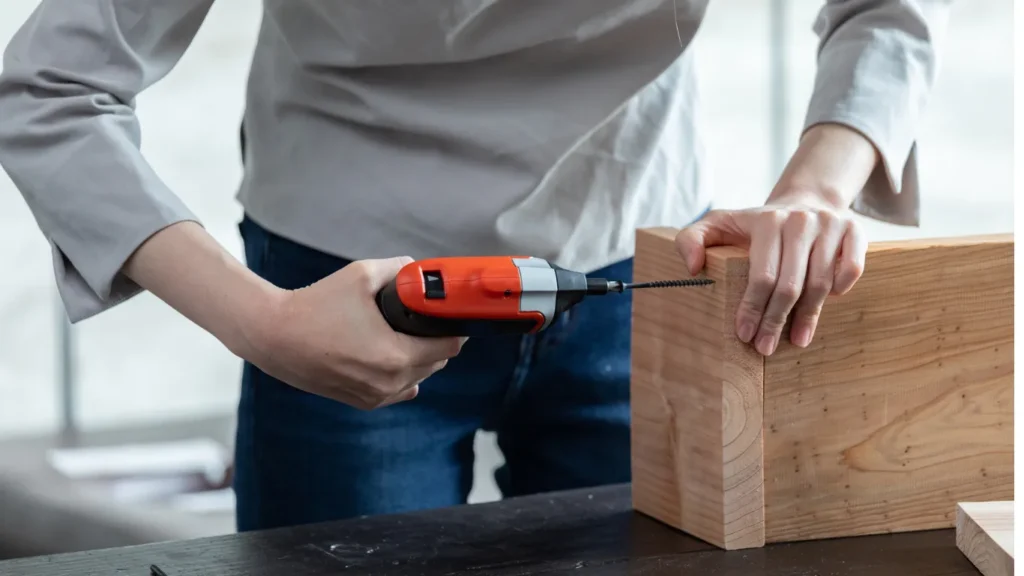
1. Insert the Drill Bit
The first step is to ensure that your drill is turned off or the battery is taken away. The chuck can be opened by turning it counterclockwise until you find that the opening is large enough to fit the bit. Place the drill in, after which you can tighten the chuck by turning it clockwise until it’s fixed. If you have chucks that don’t require keys, it is possible to do these steps manually.
2. Select Your Settings
- Choose the option for drilling instead of driving: In the event that your device is equipped with an option for drilling as well as a driving icon, you can choose the proper one.
- Adjust the clutch: For driving screws, begin with an initial low setting for the clutch and then increase it as you need. This is to prevent damage to the screw or substance. When drilling holes, you must set the clutch on the symbol that represents drilling to ensure maximal strength.
- Select the speed:Choose the low-speed setting (labeled “1”) to drive screws. Use the speed setting for high-speed (‘2’) for drilling holes.
3. Drill a Hole or Drive a Screw
Then mark the area that you’d like to drill. If you want to start with a straight line, make a tiny indent by using a nail or punch. Use both hands to drill, and then place the bit on the marked area. Make sure the drill is parallel to the ground.
Release the trigger gently for a few seconds to get the drill started. When the drill begins to penetrate the material, it is possible to accelerate the speed. Use a steady, even pressure. If you’re drilling a large hole, take the bit off to remove any debris. For removing a screw, turn the switch that controls direction on the drill, and then apply pressure while you pull it out.
Related Articals
Finding the Right Power Drill Set
Many people find that buying a motor drill kit can be the cheapest choice. The kits typically include a drill, two or more batteries, a charger, and even a case for carrying. A few larger sets, such as one from the Dewalt kit, could include a selection of driver and drill bits.
Think about what’s included inside the box. The battery-powered drill kit equipped with an impact driver gives you incredible versatility to tackle a broad variety of jobs. The brands like Ryobi, Craftsman, and Black & Decker offer affordable and reliable choices that are perfect to use in the home.

Your Next Project Awaits
A good power drill is a purchase that can last for a long time and pay off over numerous tasks. It doesn’t matter if you pick a lighter battery-powered model that can be used for quick fixes or a powerful corded model for work that requires a lot of force; understanding the functions and features is crucial. You’ll know how to choose the right device when you consider the different types of features and specific needs for the project. We’re now ready to take on that task list using power and accuracy.

